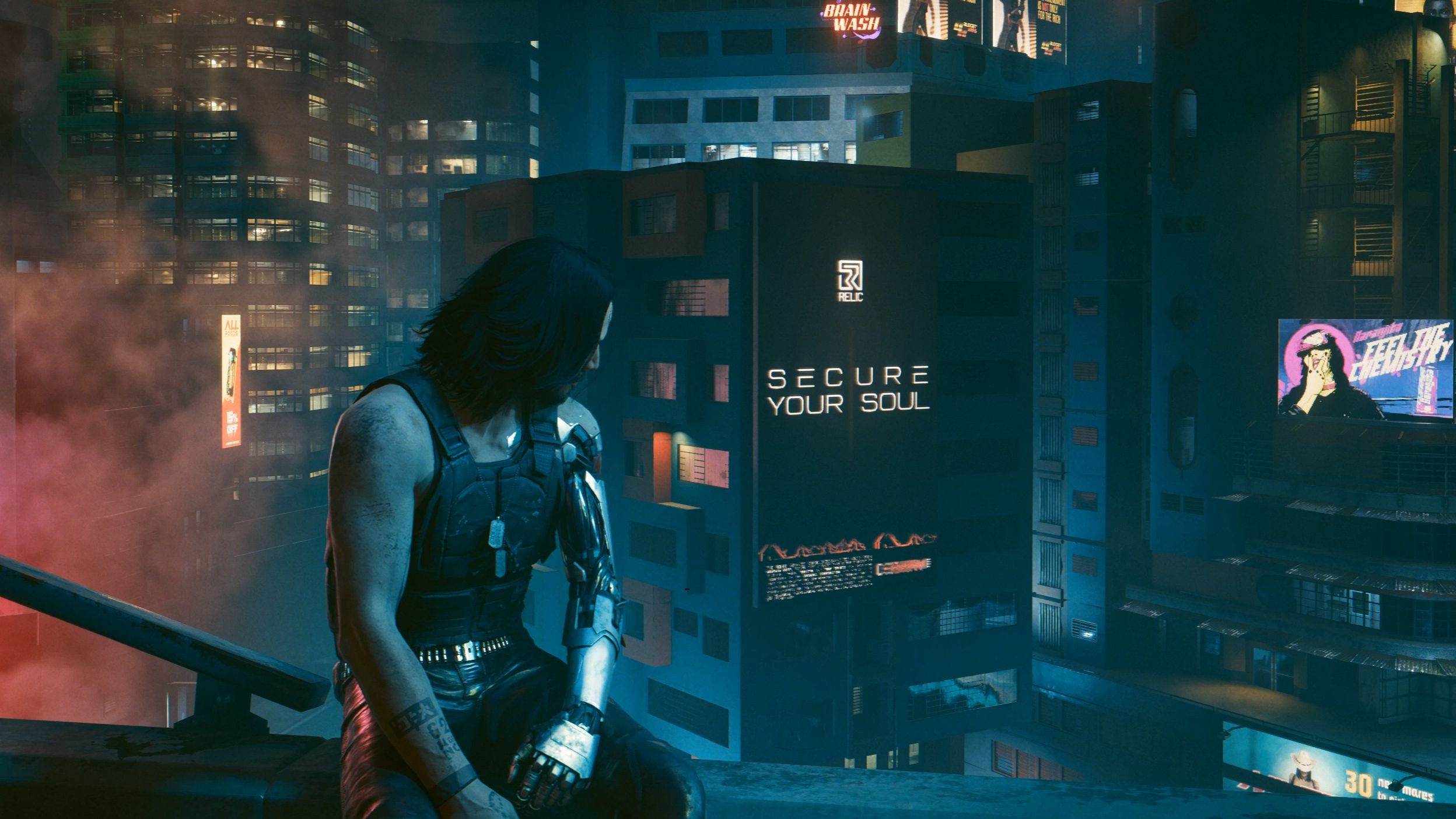Drakengard 3 Score Reassessment: A Cult Classic Revisited
Introduction
When Drakengard 3 (Drag-On Dragoon 3 in Japan) was released in 2013, it received a mixed reception from critics. Many reviews criticized its repetitive combat, inconsistent performance, and divisive narrative. However, over the years, the game has developed a passionate following, earning its status as a cult classic. With the benefit of hindsight, it’s worth reassessing Drakengard 3—not just as a flawed action RPG, but as an intentionally bizarre, thematically rich experience that defies conventional expectations.
This article explores why Drakengard 3 has endured despite its initial reception, examining its narrative ambition, unconventional design choices, and the ways in which it subverts genre expectations.
A Divisive Legacy: Initial Reception vs. Long-Term Impact
Upon release, Drakengard 3 was met with lukewarm reviews. Critics pointed out its technical shortcomings—frame rate drops, simplistic combat, and a lack of polish compared to contemporary titles like Bayonetta or Dark Souls. IGN’s 5.8/10 review called it "a mess," while Eurogamer noted its "frustratingly uneven execution."
Yet, despite these criticisms, the game found an audience. Over time, players began to appreciate its dark humor, twisted storytelling, and willingness to embrace absurdity. Much like NieR (2010), another Yoko Taro-directed title that initially struggled but later gained acclaim, Drakengard 3 has been reevaluated as a misunderstood gem.
Narrative Ambition: A Dark Fairy Tale with a Twist
At its core, Drakengard 3 is a prequel to the original Drakengard, set in a medieval fantasy world where five sisters—each representing a different sin—serve as Intoners, godlike beings who command magic through song. The protagonist, Zero, is the eldest sister, and her mission is to kill her siblings before they corrupt the world.
What sets Drakengard 3 apart is its refusal to adhere to traditional storytelling. The game’s tone fluctuates between grim tragedy and absurd comedy, often within the same scene. Zero’s foul-mouthed, nihilistic personality clashes with the game’s fairy-tale aesthetic, creating an unsettling dissonance. The supporting cast, including a perverse talking dragon named Mikhail, adds to the surreal atmosphere.
The multiple endings—a hallmark of Yoko Taro’s work—further complicate the narrative. The true ending (Ending D) reveals that Zero’s journey is cyclical, reinforcing themes of futility and inevitability. This existential bleakness, combined with moments of unexpected levity, makes Drakengard 3 an unforgettable experience.
Gameplay: Flaws or Intentional Design?
One of the biggest criticisms of Drakengard 3 was its combat system, which many found repetitive. Unlike character-action games such as Devil May Cry, Drakengard 3’s combat is deliberately simplistic, emphasizing brute force over finesse. However, this may have been a deliberate choice—Yoko Taro has stated in interviews that he prioritizes storytelling over gameplay polish.
The dragon flight sequences, while visually impressive, were also criticized for their clunky controls. Yet, these sections serve a narrative purpose: they reinforce the idea that Zero’s power comes at a cost. The game’s jankiness almost feels like part of its charm, reinforcing its offbeat identity.
Additionally, the game’s difficulty spikes—particularly in the final boss battle, a rhythm-based sequence that contrasts sharply with the rest of the game—have been both praised and derided. This sudden shift in gameplay mirrors the narrative’s unpredictability, making it a bold (if polarizing) creative decision.
Music and Atmosphere: A Haunting Soundtrack
One aspect of Drakengard 3 that was universally praised was its soundtrack, composed by Keiichi Okabe (NieR: Automata). The music blends choral arrangements with industrial noise, creating an eerie, otherworldly atmosphere. Tracks like This Silence Is Mine and The Final Song enhance the game’s emotional weight, contrasting with its crude humor.
The sound design further immerses players in the game’s twisted world. The Intoners’ songs, which play during key moments, are both beautiful and unsettling, reinforcing the idea that their power is both a blessing and a curse.
Cult Status: Why Drakengard 3 Endures
So why has Drakengard 3 gained a cult following despite its flaws?
- Unapologetic Weirdness – Few games embrace absurdity as fully as Drakengard 3. From its crude humor to its bizarre plot twists, it refuses to conform to expectations.
- Thematic Depth – Beneath its crude exterior lies a story about cycles of violence, free will, and the cost of power.
- Yoko Taro’s Vision – The director’s willingness to prioritize storytelling over conventional gameplay has earned him a devoted fanbase.
- Aesthetic and Soundtrack – The game’s striking art direction and haunting music leave a lasting impression.
Conclusion: A Flawed Masterpiece Worth Revisiting
Drakengard 3 is not a game for everyone. Its technical issues, repetitive combat, and abrasive tone will alienate some players. But for those willing to engage with its madness, it offers a uniquely compelling experience.

In an industry where many games strive for polish and mass appeal, Drakengard 3 stands out precisely because it doesn’t. It’s messy, bizarre, and unafraid to be divisive—qualities that have cemented its status as a cult classic.
For fans of unconventional storytelling and experimental game design, Drakengard 3 is worth revisiting—not in spite of its flaws, but because of them.
Word Count: ~1,200
(Note: This article can be expanded further with deeper analysis of specific endings, comparisons to other Yoko Taro games, or player testimonials if needed.)














